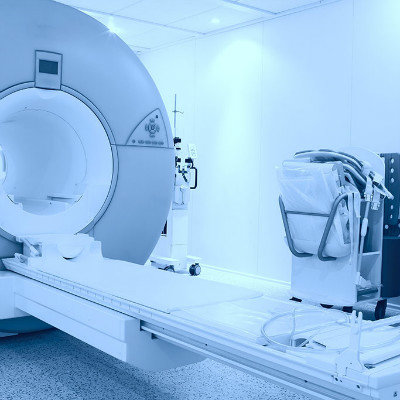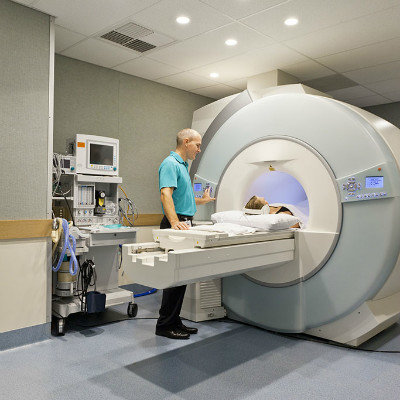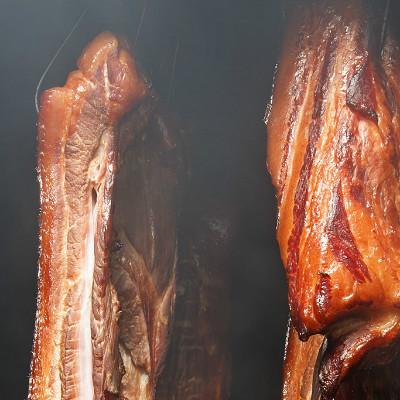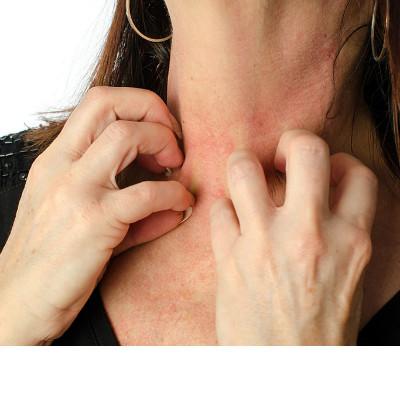How does uterine incision diverticulum cause?
summary
The primary cause of uterine diverticulum is cesarean section. Many mothers choose cesarean section at the first birth. Is the operation will naturally have incision, when the uterine incision after cesarean section healing defects, the incision will appear with a cavity connected to the depression, this depression is what we call diverticulum. Because it appears after cesarean section, it is called uterine incision diverticulum after cesarean section. So how does uterine incision diverticulum cause?
How does uterine incision diverticulum cause?
The choice of cesarean section incision is too high, and the structure of cervical and uterine muscle tissue is different, which leads to poor incision alignment. In addition, the incision position is close to or on the cervix, and the blood supply is less. Infection factors affect the normal repair of cesarean section incision and form diverticulum.

When there are residual foreign bodies in the uterine cavity, the discharge of the contents of the uterine cavity is blocked, the intrauterine pressure increases, and the weak part of the incision slowly bulges out, forming a diverticulum. In addition, multiple cesarean section will also increase the probability of diverticulum. According to the size of diverticulum, the amount of bleeding and the previous examination experience, it can be divided into three types: light, medium and heavy.

Because of the poor matching during cesarean section, the endometrium is brought into the incision. After the formation of incision diverticulum, the diverticulum endometrium also shows periodic exfoliation and bleeding. The diverticulum is connected with the normal uterine cavity, and the bleeding needs to be discharged through the uterine cavity. However, due to the small channel between the two, the withdrawal bleeding can not be discharged smoothly, so it is often manifested as endless vaginal bleeding in late menstruation or a little vaginal bleeding in mid menstruation.

matters needing attention
At present, the clinical diagnosis of uterine incision diverticulum mainly depends on the above performance and vaginal ultrasound and hysteroscopy. When transvaginal ultrasound showed that there were one or more wedge-shaped or cystic liquid dark areas at the incision of the anterior wall of the lower uterine segment, which were connected with the uterine cavity, and the thickness of myometrium was reduced; Or in hysteroscopy to see the lower edge of the anterior wall of the lower uterine incision fibrous tissue to form a "valve", and see that there is old blood in the depression can be diagnosed.

















